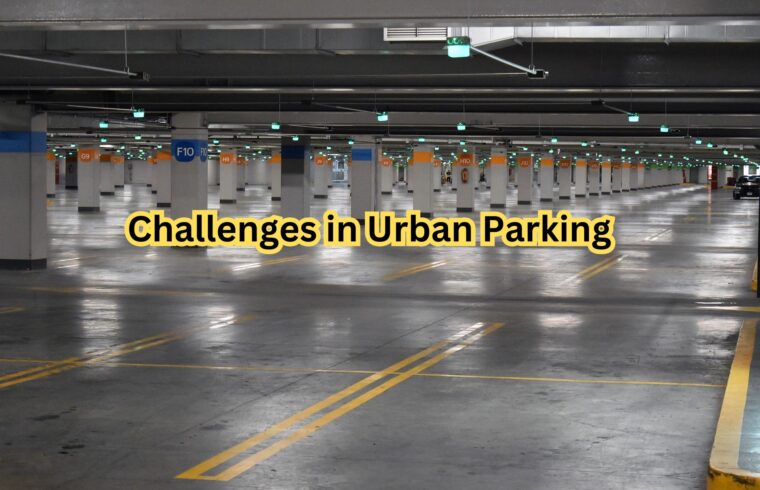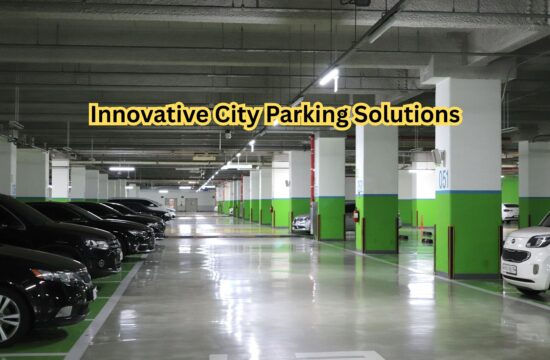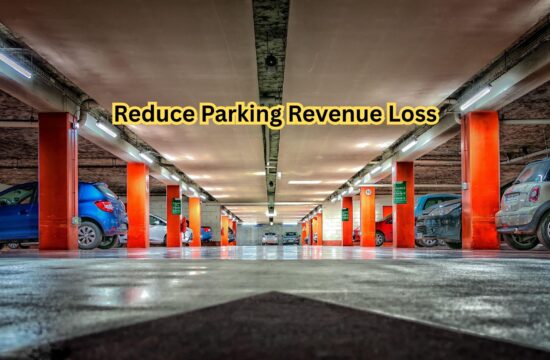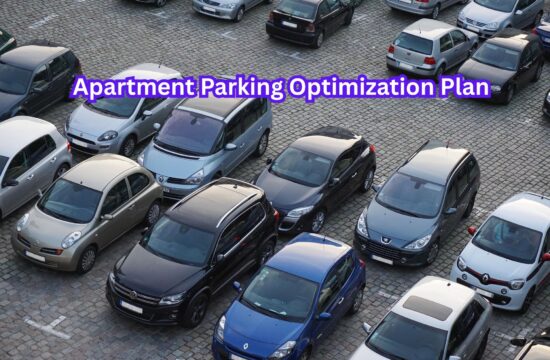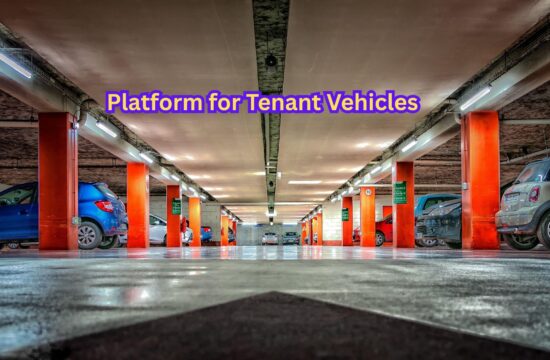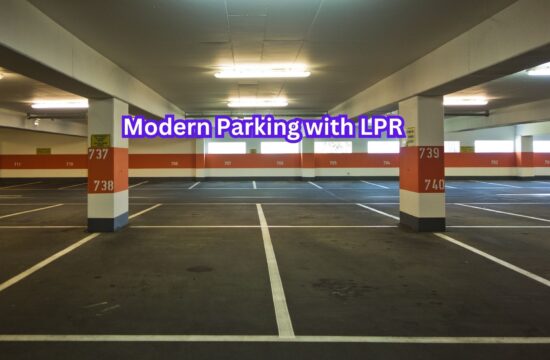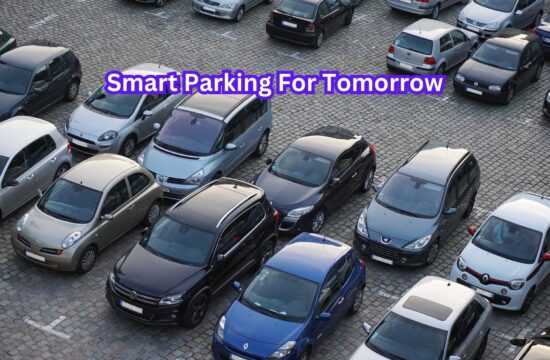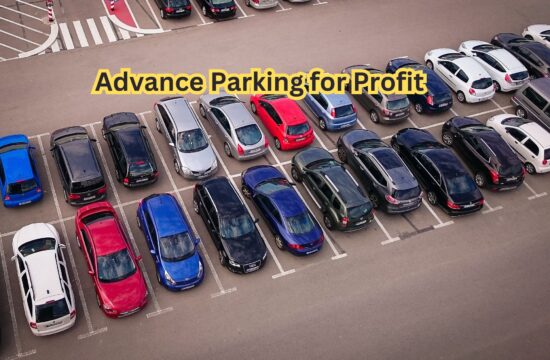Parking in urban areas has long been a problem for municipal governments, city planners, and citizens. Challenges in Urban Parking arise as cities throughout the world are under unprecedented pressure to fit more automobiles in less space due to the rise in urban populations and vehicle ownership. This article examines various Challenges in Urban Parking, addressing key issues such as logistical, financial, and environmental complications. By exploring these Challenges in Urban Parking, we can better understand the innovative solutions that aim to alleviate the complexities faced by urban areas today.
Limited Space and High Demand
The scarcity of parking spots in cities is one of the biggest problems. The number of vehicles on the road has increased as a result of the quick urbanization. And concentration of people and companies in city centers. Even while public transit in contemporary cities has advanced, personal vehicles are still heavily used. This mismatch between supply and demand causes traffic jams, long wait periods for open spots, and heightened motorist annoyance.
Traffic Congestion and Pollution
Due to drivers spending time looking for spots, urban parking shortages exacerbate traffic congestion and contribute to noise and air pollution. According to studies, this search accounts for as much as 30% of traffic in cities. Congestion can be sustainably reduced with the use of strategies like car-free zones, as in Amsterdam. And allocated parking facilities outside of busy districts that are backed by public transportation.
Cost and Accessibility Issues
Because of high land values and operating costs, urban parking is expensive, making it less accessible to residents with lower incomes. People with impairments often face difficulties due to a lack of street parking. Expanding on-street permits, giving subsidized options, and allocating special spots for those with disabilities are among solutions. Curbside access and designated places are two ways that some cities improve accessibility.
Environmental Impact of Large Parking Areas
By keeping heat on paved surfaces, conventional parking options like garages and open lots contribute to the growth of urban heat. When green places are changed, this damages ecosystems, uses resources, and exacerbates the heat island effect. Permeable pavement and green rooftops are examples of green parking infrastructure that reduces these problems. It enhances stormwater management, and promotes biodiversity. For instance, Chicago incorporates green infrastructure to lessen its effects on the environment.
Inefficient Use of Available Parking Resources
Many metropolitan areas remain underutilized despite the great demand for parking because of strict zoning and antiquated parking laws. Private areas, such as those at workplaces or retail establishments, are occasionally empty, and minimum parking rules frequently don’t match real needs. Solutions like ParqEx and SpotHero optimize vacant spaces, maximizing resources, reducing scarcity, and minimizing environmental impact from additional parking construction.

